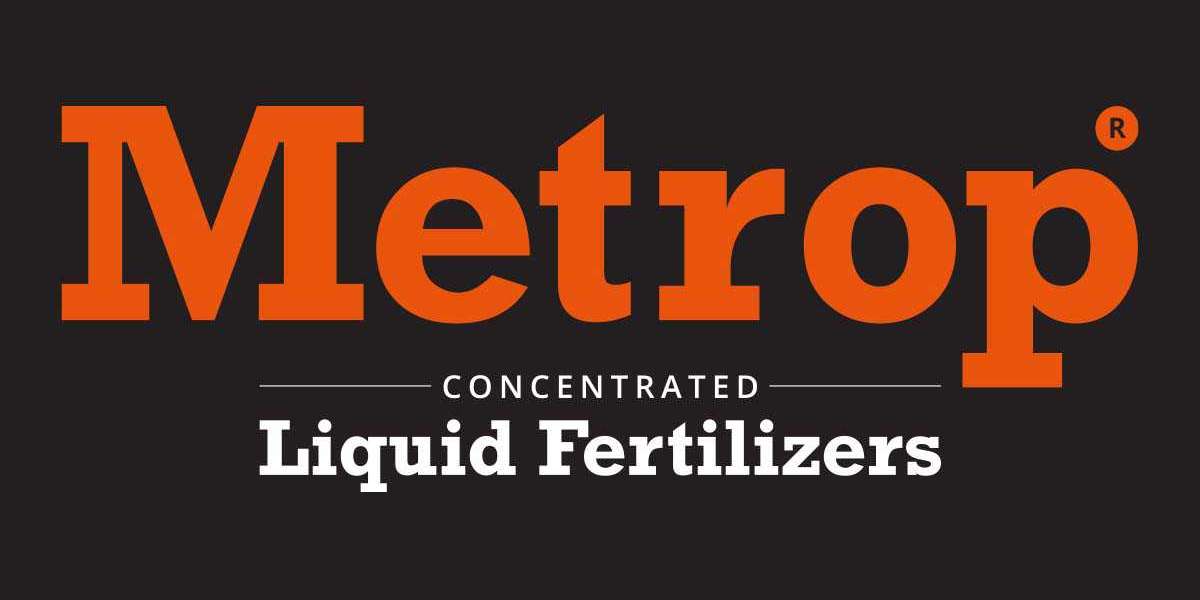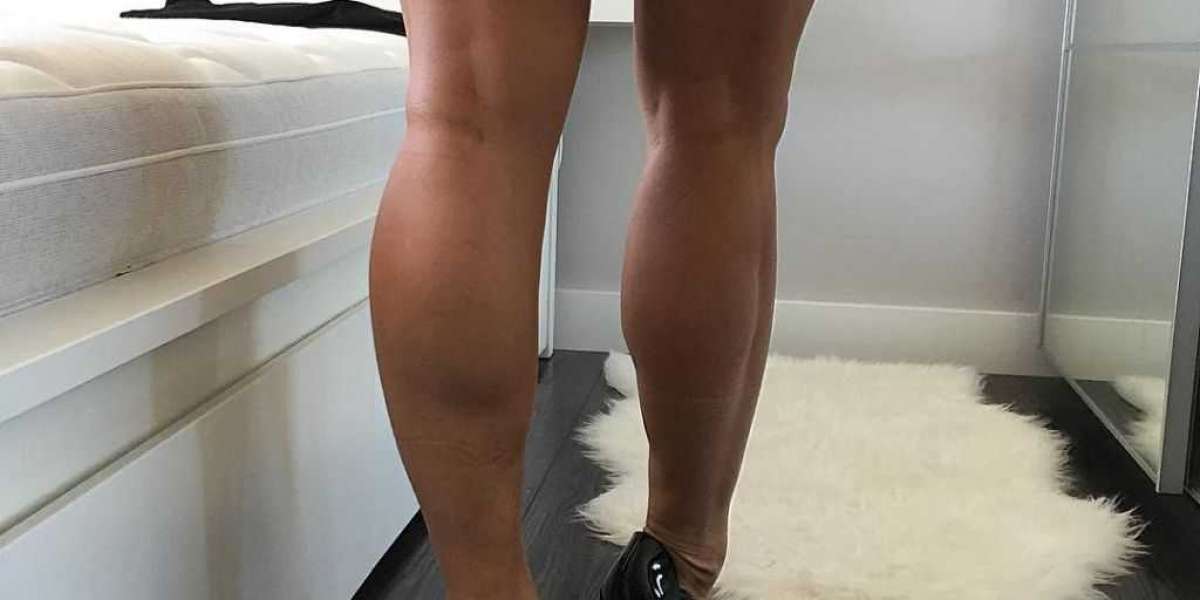Read More: How to Hang String Lights around Pool
Problems With 400w Metal Halides
Our customer encountered several issues with their existing 400w metal halide fixtures. One major problem was constant ballast failure, which meant they had to hire an electrician each time a failure occurred. With high warehouse ceilings, this became a time-consuming and expensive endeavor.
Another issue was the lack of efficiency and high operating costs associated with metal halides. These lights consumed a significant amount of electricity, at 460 system watts per luminaire. Additionally, their brightness would quickly depreciate over time, reducing their overall efficiency.
Lastly, our customer was concerned about the risk of nonpassive failure, which refers to the risk of spontaneous lamp explosions. This posed a safety hazard and was something our customer couldn't afford to ignore.
How Many LED Watts Does it Take to Replace a 400 Watt Metal Halide?
When it comes to replacing metal halides with LEDs, it's crucial to move away from thinking in terms of watts and focus on lumens instead. Lumens measure the amount of light produced by a fixture or bulb. To determine the appropriate LED replacement, you need to consider the lumen output of the metal halide fixture you're replacing, rather than its wattage.
For example, if your metal halide fixture produces 32,000 lumens, you'll need an LED fixture that can match that output. While metal halides typically have a lower lumen per watt ratio compared to LEDs, there are other factors to consider.
Understanding Initial Lumens and L70
Metal halides have a high initial lumen output, but they suffer from rapid lumen depreciation. It's not uncommon for them to lose 50% of their lumens at half-life. A metal halide bulb's full life is approximately 15,000 hours, with the lumen output dropping significantly after 7,500 hours of use.
L70 refers to the number of hours it takes for a bulb to perform at 70% of its initial lumen output. For metal halides, this translates to 5,000 hours of use. In comparison, LEDs have a much longer lifespan, with L70 ratings of 50,000 to 100,000 hours.
Loss of Light Due to Reflection
LED light is highly directional, meaning it shines precisely where it's needed. This eliminates the need for reflectors to collect and redirect the light. On the other hand, traditional light sources like metal halides are omnidirectional and require reflectors to focus the light. However, every reflection results in a loss of lumens.
For instance, if a metal halide bulb initially produces 32,000 lumens, the loss due to reflected lumens can reduce the effective lumen output to around 20,000 lumens.
Quality of Lumens - CRI
The Color Rendering Index (CRI) is a measure of the quality of light. Higher-quality light sources require less quantity to achieve the desired brightness. Customers often report that 20,000 lumens of LEDs appear brighter than 60,000 lumens of other light sources like HPS.
In other words, higher-quality light sources deliver more visible light, making them more efficient and effective.
Read More: 6 Great Ideas to Pool Cage Lighting
Photopic vs Scotopic Lumens
Photopic lumens are detected by devices like cameras and light meters, while scotopic lumens are detected by the human eye. LED lighting primarily produces light within the spectrum that our eyes perceive. This means that LED light is more valuable to us in terms of vision, as it doesn't include invisible ultraviolet (UV) or infrared (IR) wavelengths.
In some cases, human perception of light differs from what light meters detect. This discrepancy becomes apparent when comparing the perceived brightness of LED and traditional light sources.
Converting from 400W Metal Halide to LED
Based on our experience in the LED lighting industry, here's a general rule of thumb for the amount of LED lumens needed:
- Indoors: 15,000 to 25,000 lumens, depending on the application and mounting height. Suitable for warehouses, factories, gymnasiums, auditoriums, and swimming pools.
- Outdoors: 14,000 to 20,000 lumens, depending on the application and mounting height.
When searching for an LED replacement for a 400 Watt metal halide, look for fixtures that output over 100 lumens per watt. Reputable companies offering high-quality products can even achieve outputs of up to 150 lumens per watt, allowing for significant energy savings.
Our Recommended LED Replacements
If you're looking for a high bay bulb replacement, consider our E40 LED High Bay Bulb 150W (20,000LM) or E40 LED High Bay Bulb 200W (28,000LM). For a complete high bay fixture replacement, check out our UFO LED High Bay Bulb 150W (21,000LM/25,000LM) or UFO LED High Bay Bulb 200W (28,000LM/34,000LM).
For street bulb replacements, our E40 LED Street Bulb 150W (19,000LM) is worth considering. If you require a complete street lighting fixture replacement, we recommend our LED Street Light 150W (21,000LM) or LED Street Light 180W (25,000LM).
Need A Photometric Analysis?
If you're considering replacing your old metal halide high bays with new LED models or if you're unsure about the appropriate fixtures for your specific requirements, we suggest conducting a photometric analysis. This computerized simulation of your lighting needs, using our Fireflier Lighting fixtures, can provide valuable insights and help you make informed decisions.
For general inquiries or to learn more about photometric analysis, feel free to call us at 0086-130-8886-9086 or email us at [email protected].
With the right LED replacements, you can improve the efficiency, quality, and cost-effectiveness of your lighting system. Say goodbye to the headaches of metal halides and embrace the benefits of LED technology.
Read More: Problems With 400w Metal Halides








